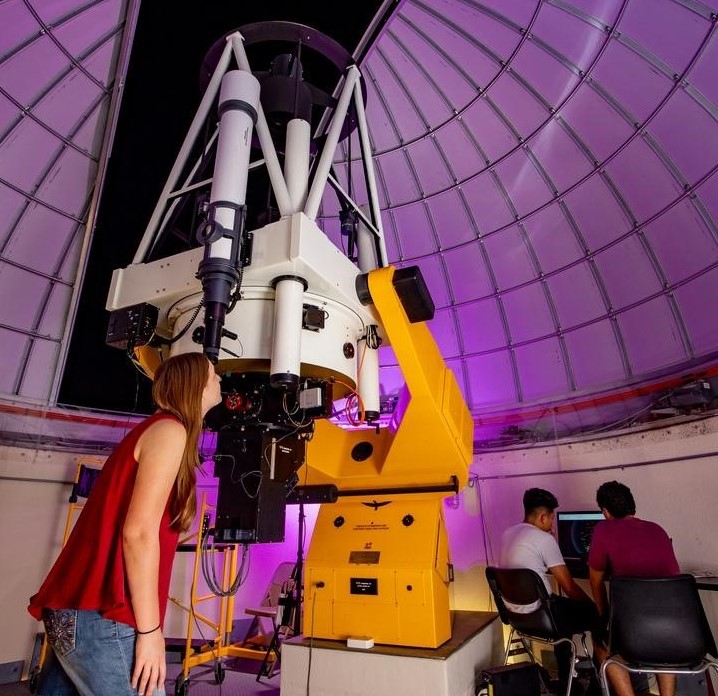Document Type
Article
Publication Title
The Astrophysical Journal
Abstract
We present a new approach for estimating the 3.6 μm stellar mass-to- light (M/L) ratio Υ3.6 in terms of the [3.6]-[4.5] colors of old stellar populations. Our approach avoids several of the largest sources of uncertainty in existing techniques using population synthesis models. By focusing on mid-IR wavelengths, we gain a virtually dust extinction-free tracer of the old stars, avoiding the need to adopt a dust model to correctly interpret optical or optical/near-IR colors normally leveraged to assign the mass-to-light ratio Υ. By calibrating a new relation between near-IR and mid-IR colors of giant stars observed in GLIMPSE we also avoid the discrepancies in model predictions for the [3.6]-[4.5] colors of old stellar populations due to uncertainties in the molecular line opacities assumed in template spectra. We find that the [3.6]-[4.5] color, which is driven primarily by metallicity, provides a tight constraint on Υ3.6, which varies intrinsically less than at optical wavelengths. The uncertainty on Υ3.6 of ∼0.07 dex due to unconstrained age variations marks a significant improvement on existing techniques for estimating the stellar M/L with shorter wavelength data. A single Υ3.6 = 0.6 (assuming a Chabrier initial mass function (IMF)), independent of [3.6]-[4.5] color, is also feasible because it can be applied simultaneously to old, metal-rich and young, metal-poor populations, and still with comparable (or better) accuracy (∼0.1 dex) than alternatives. We expect our Υ3.6 to be optimal for mapping the stellar mass distributions in S4G galaxies, for which we have developed an independent component analysis technique to first isolate the old stellar light at 3.6 μm from nonstellar emission (e.g., hot dust and the 3.3 polycyclic aromatic hydrocarbon feature). Our estimate can also be used to determine the fractional contribution of nonstellar emission to global (rest-frame) 3.6 μm fluxes, e.g., in WISE imaging, and establishes a reliable basis for exploring variations in the stellar IMF.
DOI
10.1088/0004-637X/788/2/144
Publication Date
6-20-2014
Recommended Citation
Meidt, Sharon E. and Mizusawa, Trisha F., "Reconstructing The Stellar Mass Distributions Of Galaxies Using S4G IRAC 3.6 And 4.5 μm Images. II. The Conversion From Light To Mass" (2014). Aerospace, Physics, and Space Science Faculty Publications. 291.
https://repository.fit.edu/apss_faculty/291


